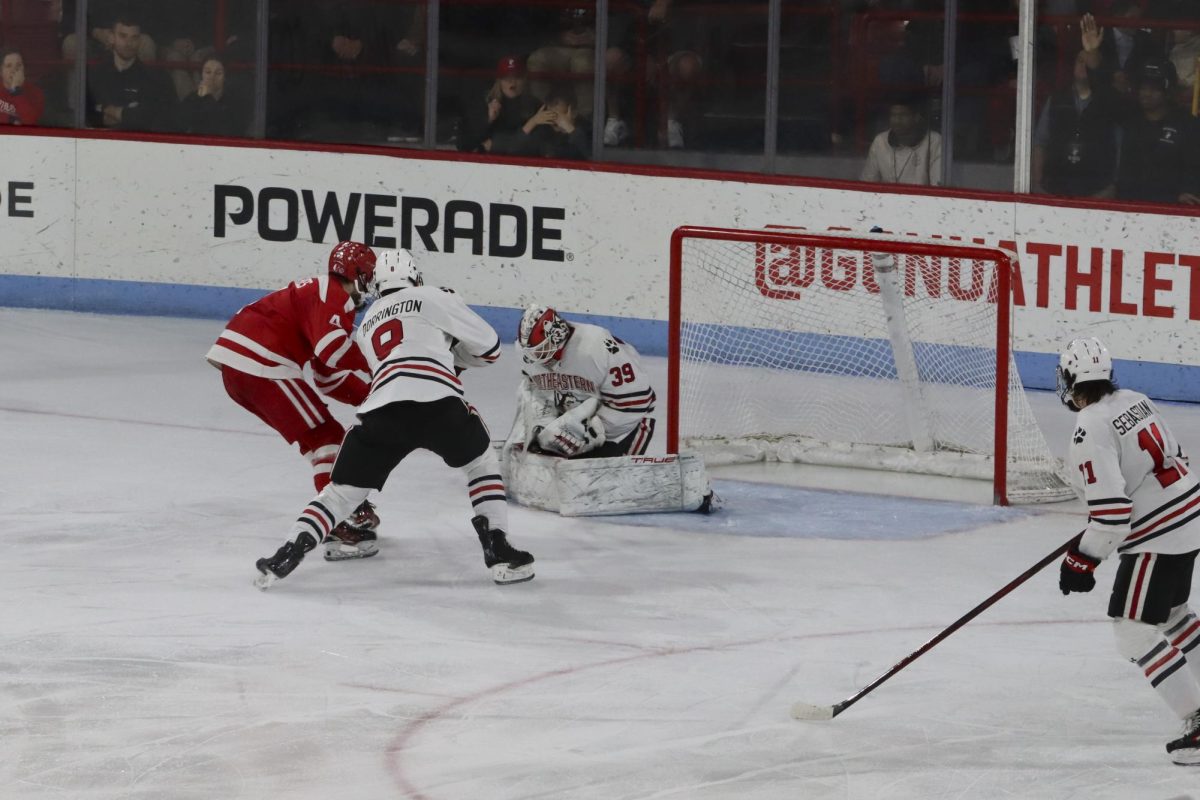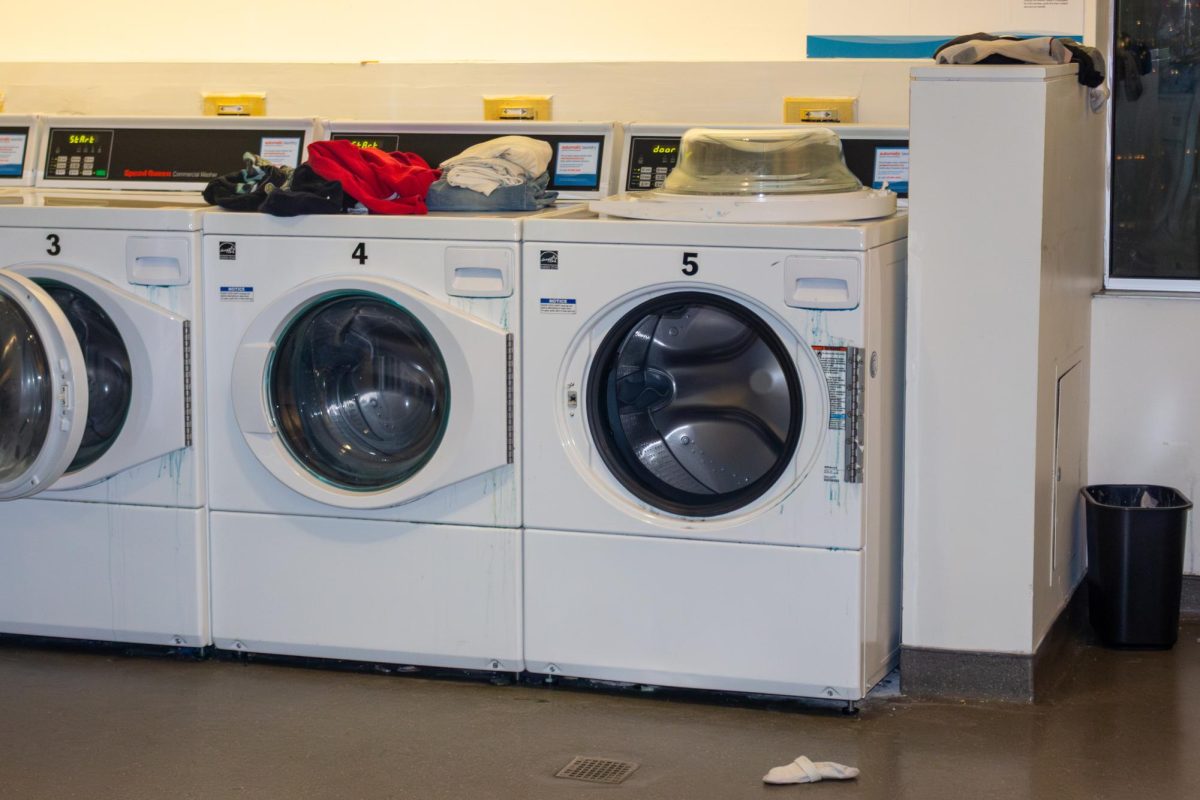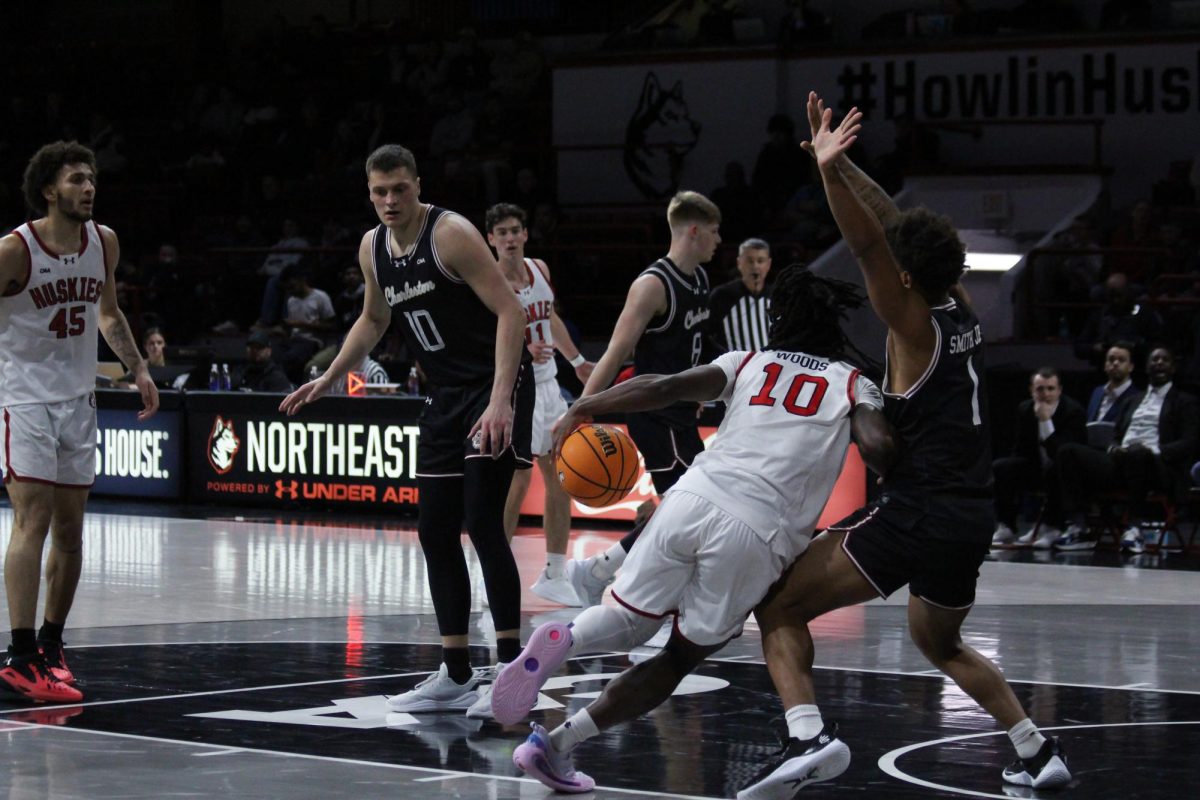Boston collegiate newspapers work toward more inclusive journalism
Boston-area student newspapers prioritize maintaining newsrooms that are inclusive to journalists of color.
April 15, 2021
On Feb. 9, a sophomore English student at Boston University took over the school’s Instagram account for what seemed like an ordinary student feature. But when he received a racist comment mocking his Asian heritage, it became a very different story.
After the incident, the featured student used his personal Instagram account to call out the comment and draw attention to the recent rise in anti-Asian sentiment and hate crimes around the world. The school’s independent student-run newspaper, The Daily Free Press, published a piece on the incident which highlighted wider trends of anti-Asian racism; the reporter, an Asian student journalist and associate editor named Vanessa Bartlett, spoke to several other Asian students about their experiences. For Colbi Edmonds, a sophomore journalism and political science double major and the paper’s editor-in-chief, it was a prized kind of coverage.
“It’s stories like those [where] it’s just really, really important to have people who have that shared experience,” said Edmonds, who is Black and Hispanic. “It’s not my place to tell the story of an Asian American student if I’m not Asian American.”
“I hate that we have to pick and choose,” Edmonds said. “You’re not going to have enough staff of [any given] demographic, so which stories have to get given to someone else?”
The difficulty Edmonds alluded to is one the entire journalism industry has dealt with for generations — one that has gained a wider spotlight in the last year as increased awareness of racial issues has compelled all types of American institutions to examine their track records on race. In the case of journalism, a particular focus has fallen on larger, national news outlets, which tend to employ disproportionately high numbers of white journalists from elite, wealthy backgrounds.
But the issue is not limited to those professional outlets. As a major university hub, Boston is dotted with numerous student-run newspapers where the journalists of tomorrow are learning the trade. The problem is that these newsrooms often reflect the same racial disparities professional journalists observe in their own newsrooms.
A glance through the editorial boards of seven Boston-area student newspapers — Northeastern University’s Huntington News, Emerson College’s Berkeley Beacon, Boston College’s BC Heights, Boston University’s Daily Free Press, Tufts University’s Tufts Daily, the Massachusetts Institute of Technology’s The Tech and Suffolk University’s Suffolk Journal — reveals a deficiency of journalists of color, particularly of Black and Hispanic journalists. Save for The News — where nearly half the editorial board is non-white — and MIT’s paper, where the board is mostly Asian, the editorial boards of these papers tend to be about three-quarters white. Asian students are represented more than any other minority group, while Black and Hispanic editors are few and far between.
But despite these disparities, Black and Hispanic students are not absent from the publications. Oscar Torres is a senior broadcast journalism major at Suffolk University, a staff writer for the Suffolk Journal and has reported for New England Cable News. He’s also Honduran American and said that while Boston is predominantly white, student journalists of color do “take it upon themselves” to make sure their audiences have perspectives from people of color.
“I personally have done visual stories about mental health in the Latinx community,” he said. “I have friends and family who have gone through [mental health challenges]. So being able to make it personal makes an audience member or someone viewing it feel like they can connect to it. When you hear the raw emotion from the person I’m interviewing, you can tell that this is serious.”
Torres is not the only one with a personal connection to some of his work. Edmonds recently penned an op-ed titled “Listen to Black Voices” where she discussed the weight of historical and enduring racism on Black people, the experience of being Black in unfamiliar — and even hostile — spaces and the need for deliberate listening to, and action on behalf of, Black people. It’s that need to elevate voices that she said she wants to emphasize in her paper’s coverage.
“When you are interviewing a source who is just putting their input on [the topic], but it doesn’t actually affect them, that’s an ineffective story,” she said. “You’re not amplifying the right voices.”
Edmonds also said that while it’s easy for reporters to interview people who look and think like them, she’s told her editors to ensure that writers “are finding diverse sources and pitching diverse stories.” She also wants to empower her journalists to tell their own stories and the stories of their communities.
“If there’s ever a situation or topic where a reporter feels really connected to that subject and wants to write about it, I want to support them in that,” she said. “That’s how it should be, because those are the people who know how to do it properly and can actually connect with it. … If they aren’t given the chance to report on that, you lose out on the value they bring to that reporting, because that is their lived experience and they will get those things correct.”
Relying on student journalists of color in this way is often difficult when the ranks of these papers are as white as they are. Part of this problem is beyond the capacity of student papers to solve, as they don’t have much sway over the demographics of the student bodies they draw from.
Student journalists also experience barriers that are microcosms of issues in the wider industry. For instance, much has been written about how unpaid internships — which are often gateways to quality, paying journalism jobs — are accessible only to those who can afford to work for months without pay. Since young white people comprise a disproportionate number of such people, it affords them an advantage in the job search.
At student-run papers, unpaid editors often put in a full-time job’s worth of time every week. Edmonds estimated that The Daily Free Press editors log about 45 to 50 hours per week and said this time commitment makes their paper (and those like it) less accessible to students who already work paid jobs — disproportionately students of color.
“There’s this culture where journalists pride themselves on that, almost like, ‘Oh, we don’t need the money, we can have free internships, you can do this because it’s so rewarding,’” she said. “But that mindset just continues to perpetuate the issues that we already have because working for such little wages is really not attainable for everyone. You can do that if you have a safety net, if there’s someone who can support you financially.”
Edmonds said that, while she was fortunate enough to be able to commit to her editor-in-chief workload over her former job, she knows not everyone has that luxury and that it’s hard to balance the paper’s need to publish with its need to support people who have to work elsewhere for pay.
“I’ve tried to do my best to communicate and have my section editors communicate with me and just be flexible with that,” she said. “If you have work and can’t come to an editorial meeting, that’s fine; I’m not going to punish you for that. If you have work and have to start editing later, that’s fine.”
For Torres, who made a point to amplify Black students’ voices this past year in addition to his Latinx-related work, there is another solution he wishes papers would try to amplify different voices. He said he passes by several journalism schools on his commute to Suffolk University from his home in Allston-Brighton, and he’d like them to be more connected.
“If we really want to get stories out there and do great investigative reporting or more in-depth reporting, we should be working with other schools to break better stories and share more perspective,” he said. “Being in Boston, being [in] the capital of Massachusetts, being near the state house, being near city hall, we have a responsibility to make sure we’re amplifying the voices of our people and making sure they have a platform.”
For Edmonds, it’s about creating and sustaining a newsroom culture that’s inviting to student journalists of color.
“What I can do is create an environment that is supportive and inclusive and train my successor to do the same, and then their successor will do the same. So it’s going to be slow change,” she said. “It starts with the board of directors saying, ‘We’re going to make a diversity and inclusion chair, and then we’re going to make a commitment to that and to equity … Individually, we can still make an impact and say, ‘I’m going to talk about this. We’re going to bring this up, and we’re going to do something to fix it.’”









